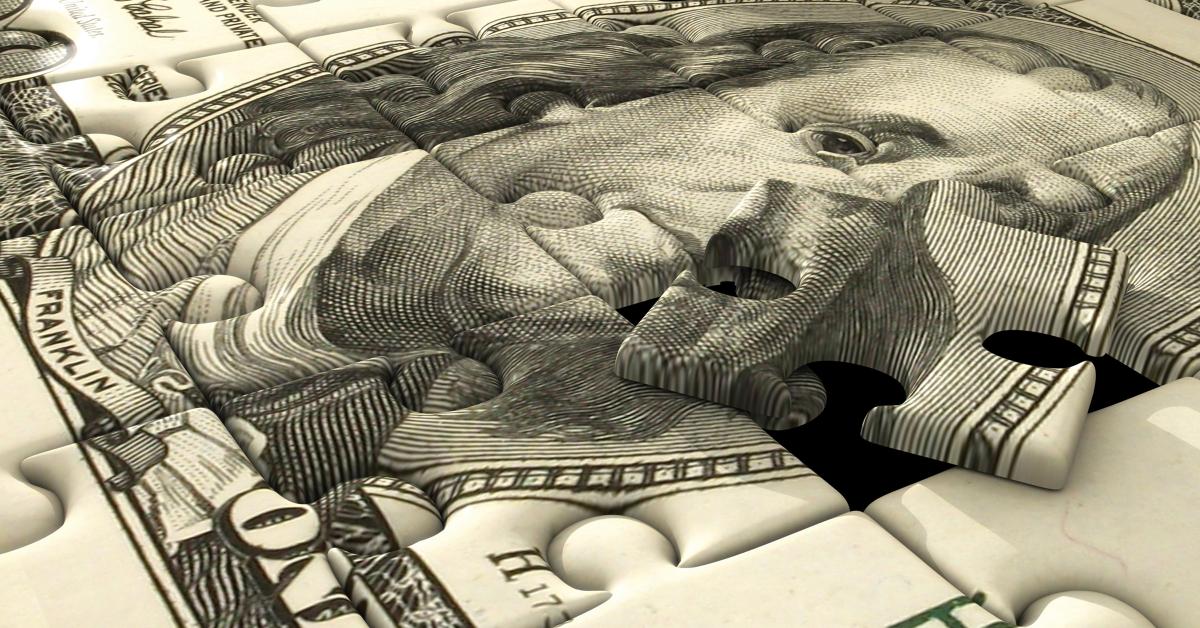CHICAGO — For small-business investors, especially those trying to get into the laundry industry for the first time, securing financing for a laundromat can be challenging under normal circumstances. When events like a public health crisis create economic doubts, the process takes on added weight.
This month, American Coin-Op polled a handful of manufacturers and commercial lenders on the state of lending today, how the laundry industry has responded to the now-waning pandemic, and the best approach to take to get your laundromat financing approved.
Q: What resources are available to vended laundry operators or investors when it comes to applying for funding?
Gary Corley, sales manager, Southwest Region, Whirlpool Commercial Laundry: Small Business Association (SBA) lenders and manufacturer lenders are the two most common sources of funding for a vended laundry project. SBA lenders will usually require you to put up home equity as collateral, whereas manufacturer-backed lenders will typically use the equipment as collateral.
For experienced owners, it is easier for the laundromat to obtain financing either through their own local commercial bank or one of the manufacturer-sponsored finance programs. Most manufacturers and equipment distributors have existing relationships with funding sources whom they can refer their customers to. These funding sources understand our industry and make it relatively easy to obtain funding.
For startup projects and new investors, the process will require more financial documentation. However, experienced lenders can provide competitive terms and rates to help fund the new project.
Jeff Harvey, underwriting manager, Alliance Laundry Systems: Vended laundromat owners have a variety of resources available when it comes to applying for funding. Your local distributor is going to be a great resource to provide you with potential lending partners that you can work with. They have typically worked with a variety of lenders and can provide you with great recommendations. Additionally, they can assist you with how to get started.
Vended laundry operators can also look directly to manufacturer websites for assistance on applying for financing. These can provide information in current finance programs and what items a lender may require.
Matt Kluesner, director of portfolio management, Dexter Financial Services: There are multiple options for laundry operators or investors when it comes to funding a laundromat project. One of which would be an acquisition or equipment loan through a captive finance company. Other options would be a small-business loan through a local bank, credit union or directly through the SBA, or a lease/loan through an independent finance company. Each of these options have different requirements and guidelines for approval.
Marc Stern, executive vice president and chief lending officer, Eastern Funding: There are two captive finance companies, Alliance and Dexter, and one independent bank-owned company, Eastern Funding, that do most of the financing in this industry. The SBA, under the 7a and 504 programs, also offers financing.
Q: What records should a borrower gather or prepare to best support their application? Has anything changed in this regard because of the pandemic?
Harvey: Application package requirements typically vary based on the type of equipment financing a borrower is asking for. Many lenders typically only require a credit application for most replacement equipment loan requests up to a certain threshold. If you have derogatory credit history, it’s helpful to come prepared to discuss any issues you may have had in the past. Above those thresholds, you may need to be prepared with bank statements, tax returns, and a personal financial statement.
New investors should be prepared with bank statements, investment statements, and prior two years’ tax returns, and be prepared to complete a credit application and personal financial statement.
We are starting to see some easing in lending requirements for equipment financing in the laundromat industry.
Kluesner: The standard documentation that most lenders will require is the last two years’ federal tax returns, the most recent three months of bank statements, and a completed personal financial statement. The tax returns and bank statements will be needed from both the individual guarantors and the operating business entity for the laundromat. This has remained pretty standard from prior to and during the pandemic.
Stern: For the borrower, we need to see last two years’ tax returns, a personal financial statement and last two months’ bank statements. We do run credit reports. This information has not changed due to the pandemic.
Corley: For experienced owners with good credit, the paperwork can be as simple as providing a one-page application for replacement orders up to $200,000.
For new investors looking to develop a new store, lenders will want to see a full financial package that includes the application, personal and business financial statements, copies of recent bank statements, and two years of tax returns.
For acquisitions, lenders will want to see financials from the seller documenting revenue and expenses. Lenders that offer acquisition financing will also want to see copies of the seller’s last 6 to 12 months of utility bills which will help them verify the stated revenues.
Check back Thursday for Part 2: The pandemic’s impact, and the typical criteria to meet for financing approval
Have a question or comment? E-mail our editor Bruce Beggs at [email protected].

